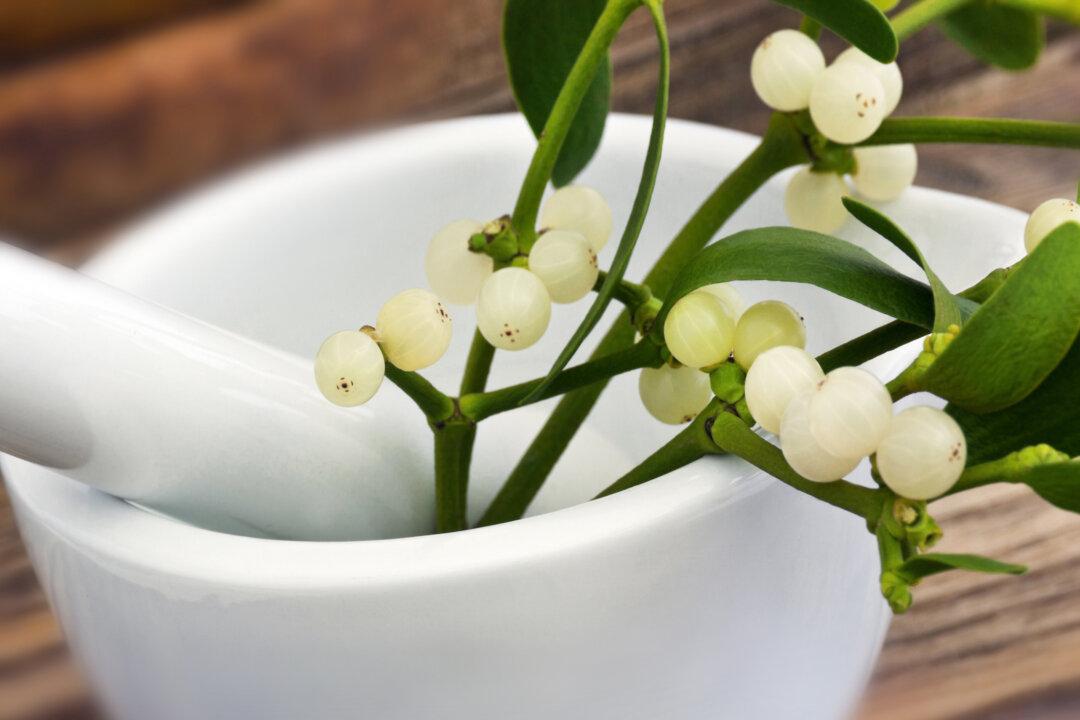A lubricant that doesn’t wash away could ease arthritis pain in knees and shoulders, keep artificial joints working smoothly, and even make contact lenses more comfortable.
Biomedical engineers discovered a way to bind the lubricant to a sticky manmade molecule that then essentially locks it in place on the surface of cartilage and eye tissues.





